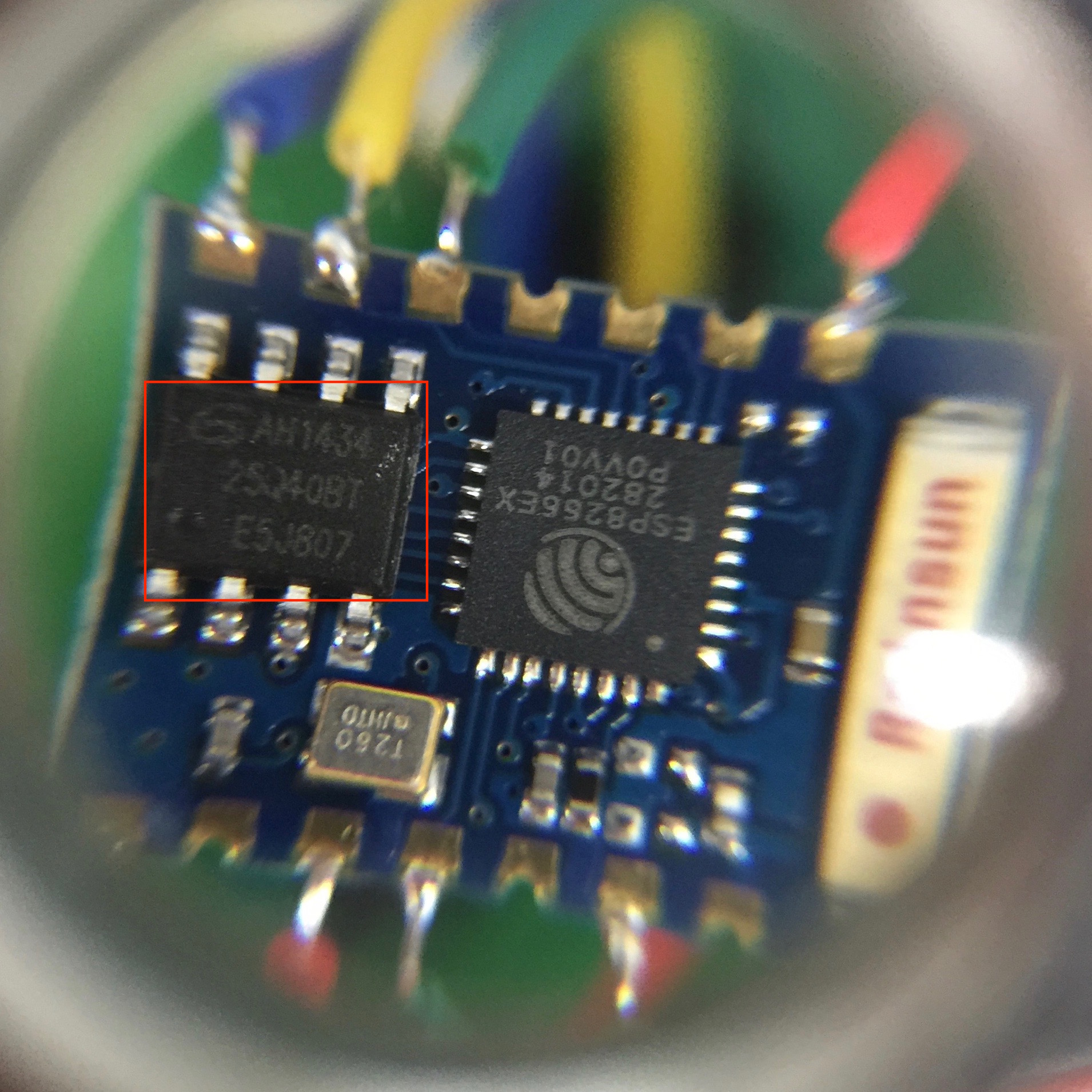Under the 'Tools' tab, download the Flash Download Tools (ESP8266 & ESP32), currently the latest one is V3.6.8. Under the 'AT' tab, download the latest compatible AT firmware, which is ESP8266 AT Bin V1.6.2 for my ESP-01 model. It depends on the ESP-01 model since it can have different flash memory size. This ensures low power consumption and security for connected devices. Espressif Systems (Shanghai) Co., Ltd. (SSE: 688018.SH), announces today the upcoming release of ESP32-H2 with IEEE 802.15.4 and Bluetooth 5.2 (LE) connectivity, operable in the 2.4 GHz band. ESP32-H2 enhances Espressif’s SoC portfolio further beyond Wi-Fi and Bluetooth. The programmer I used here was the one provided by Espressif Systems on their downloads page. More specifically, it is the ESP flash tool v.2.3, which you may download from Espressif Systems. The issue with this version of the tool is that it just does not have a “erase flash” option. 32Mbit Flash, map: 512KB + 512KB Use Espressif Flash download tool and select Flash size: 32Mbit. 32Mbit Flash, map: 1024KB + 1024KB Use Espressif Flash download tool and select Flash size: 32Mbit-C1. Blitzer precalculus 5th edition access code. Espinitdatadefault.bin 0x1FC000 Stores default RF parameter values, has to be downloaded into flash at least once.
Hi,I've been always using Arduino IDE to load firmware to my ESP32 device, but recently I need to switch over to the ESP32 Download Tool. I have a hard time to find/fill in the Bootloader and Partition Bin files and their addresses, hope someone can help provide some hints or guideline.
This is my Arduino Set Up for my custom board:

*Board: ESP32 Dev Module
*Upload Speed: 115200
*Flash frequency: 40Mhz
*Flash Mode: DIO
*Flash Size: 4MB
For the ESP32 Download Tool (see my attached picture)
1. For the bootloader:
I did try to use bootloader_qio_40m.bin at the address 0x1000
-> I got the file from Arduinohardwareespressifesp32toolssdkbin
-> For the address, I am not sure which one to put there so I use a random address that I found online, where other people use it.
-> I got an IO error saying the bootload is not available in the flash download tool folder.
IOError: [Errno 2] No such file or directory: u'C:..Programmer Softwareflash_download_tools_v3.6.5_0flash_download_tools_v3.6.5flash_download_tools_v3.6.5dl_temp/_temp_by_dltool/downloadPanel1bootloader_qio_40m.bin_rep'
2. For the partition:
I have min_spiffs.bin at the address 0x4000
->I used Python to generate the bin file from the min_spiffs.csv from the folder Arduinohardwareespressifesp32toolspartitions
3. For my firmware:
I have the .bin file generated by Arduino, address at 0x10000. It looks like this is a valid address.
Any thoughts?
-
A lot of people will prefer now to use Arduino IDE for this.Alternatively you may use: Intel 945 gm driver for mac.

First you need a firmware file. You can build one yourself with the Toolchain or download one:
Espressif Esp32 Flash Tool
- Espressif firmware source updated at http://bbs.espressif.com
- Electrodragon's ESP8266 AT-Command firmware describes the AT Firmware, where to get it from and how to flash it. There is a link to Expressif's release page.
- NodeMCU - firmware for running Lua scripts, or see the forum article Build your own custom NodeMCU firmware in the cloud
- MicroPython - firmware for running Python 3 scripts. Supports several microcontrollers including the ESP8266.
- ESP8266Basic - Basic interpreter with browser based development.
- Other projects listed on the user projects section of the wiki home
- See this site for a prac.http://www.xess.com/blog/esp8266-reflash/
Prerequisites
Espressif Flash Tool Free
To flash the ESP8266, you'll need first need to wire things up. See start-with-esp-12-arduino -> Hardware for the basics.
After effects could not allocate sound memory. Connect GPIO 0 to ground and reboot the ESP8266 to enter flashing mode.